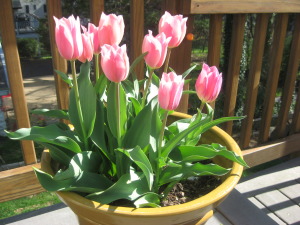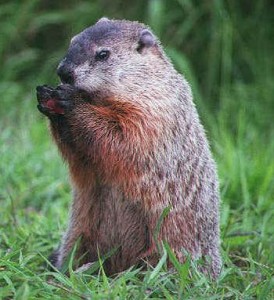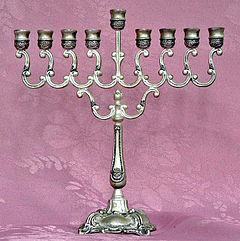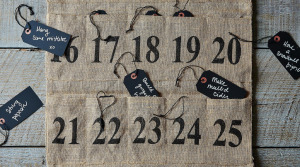The days are starting to grow longer and warmer. Children are able to spend more time outdoors, go out and help them discover the wonders of spring.
Put some string or yarn outside. Watch to see if it gets carried away to become part of a bird’s nest.
Watch for sprouts of early bulbs and look for buds on trees and bushes that are starting to swell. Cut small branches and put them in a vase of water in the house. Watch as the flowers or leaves start to unfold.
If you live near a pond, look for frogs’ eggs-or go to a nature center that has a pond. You can bring some home by putting pond water and a small clump of frog eggs in a container. Take some weeds from the pond too. About a week after they hatch, feed them fish food. When their back legs have grown, put them back in the pond.
Take advantage of the spring breezes and blow bubbles, fly a kite or make a homemade pinwheel. Draw an X on a square piece of paper from corner to corner. Cut halfway along each line and fold alternate corners into the center. Overlap the points and connect it to a stick with a pin.. A bead behind the head of the pin may help it to spin better.
Collect early spring flowers and press them between sheets of newspaper weighted down with heavy books for a week or two. Once dry, arrange them on paper and glue them down –make greeting cards, book marks, or a picture.
SAFETY TIPS:
Children are in danger of being hit by a car if they dart out into the street while playing. Children should be supervised at all time when playing, especially in public places.
Children of all ages like to climb. They fall off play equipment and bicycles, down stairs and off furniture. Lock doors to dangerous places such as basement stairs, use gates on stairways and window guards above the first floor.
What’s going on in town:
This month,don’t miss the Cherry blossoms (http://www.washingtonpost.com/wp-dre/local/2015-cherry-blossoms-dc-blooms)
and in May,don’t miss the International Passport DC , a month-long journey around the world with embassy tours and all kind of festivities (http://www.culturaltourismdc.org/portal/passport-dc1)




 ary 2, and come up out
ary 2, and come up out




